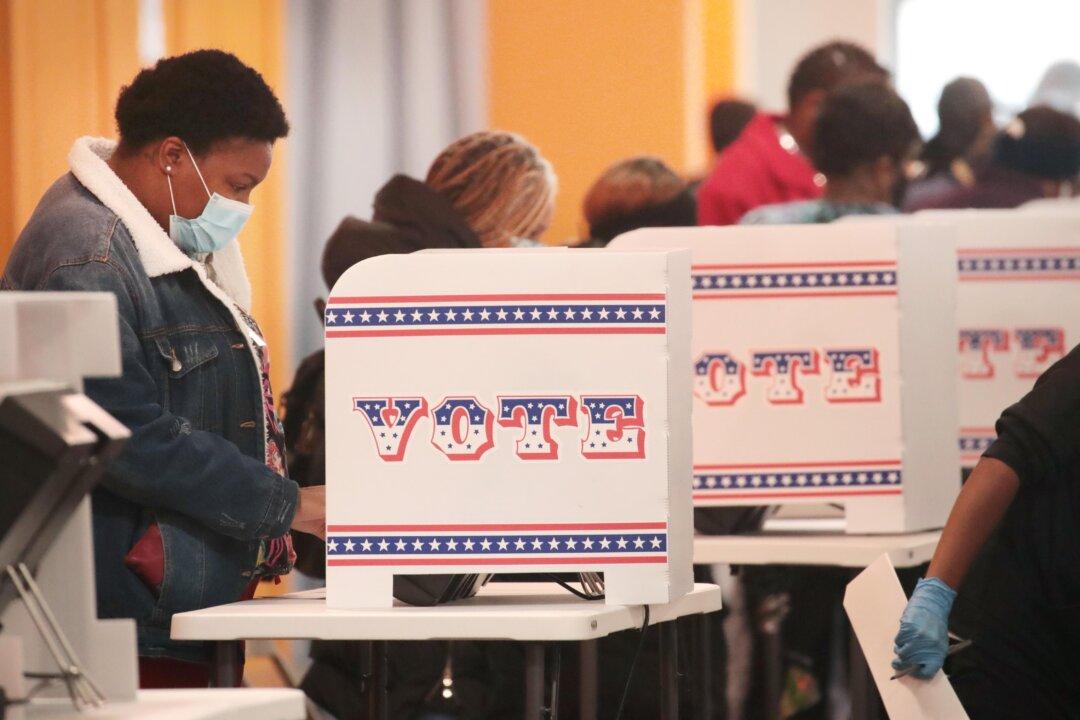Some 100 million Americans will cast their ballots early this year, and tens of millions more will vote in person on Election Day, making for the highest turnout since 1900, an early voting expert predicts.
With more than 94 million ballots already cast, some states have already exceeded their total turnout from 2016. In many others, residents are expected to largely vote on Election Day.





